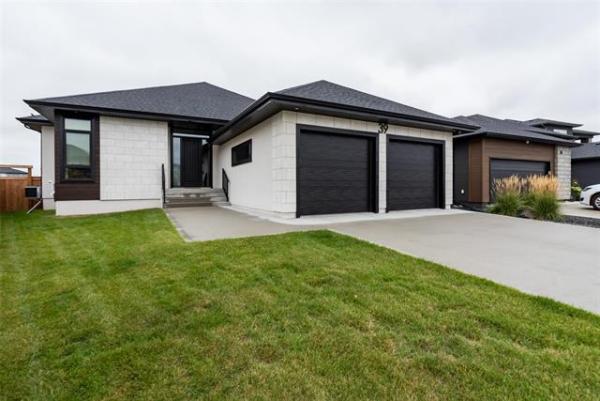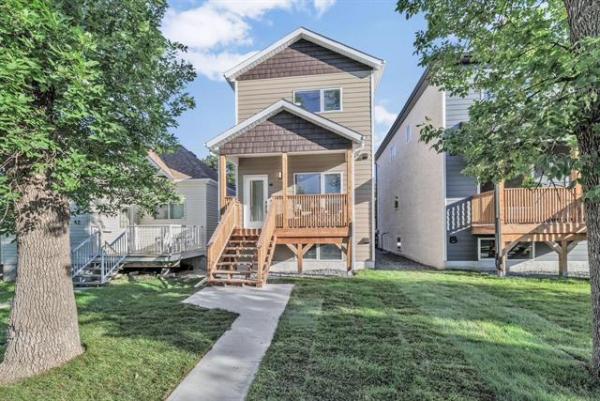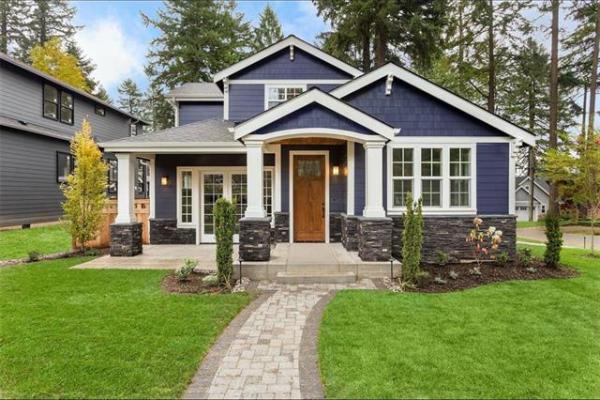Question: I read an article online you wrote regarding water seepage into a garage. This exactly covers my questions regarding how to fix the problem. In my case with a garage older than 50 years, that is not feasible. It sounds like my problem is the same as yours, if you still have the same garage.
My garage is well built and recently re-stuccoed. Apart from the periodic seepage, which I can live with, the floor itself has several parts where the concrete has broken and could certainly look better. Is it possible to have the floor covered with one of those new rubber type coatings I hear about now? Is this out of the question considering the seepage will continue? I hesitate to try to engage someone to do this if it is really the wrong thing to do. I would be most grateful for any advice you can give me.
Sincerely, Mrs. Ann Kozlowski
Answer: Putting a topping coat on and older garage floor that is poor condition may not be worth the expense, because it may not last. Covering the floor with removable composite panels or sheathing may be a better choice, as either could be easily removed to allow for repairs or replacement of the concrete, or due to the seasonal seepage you experience.
Improving the condition of a deteriorated concrete garage floor slab may ultimately require complete removal and pouring of a new slab. While this may not be feasible in an older garage like yours, putting a costly rubberized coating on the damaged floor is also not a great option.
The integrity and durability of most coatings applied to the surface of a concrete slab, inside or out of a building, will largely depend on the condition of the concrete to be covered. If the surface has moderate to large cracks, surface spalling, or uneven sections, the coating will be subject to deterioration in those locations. While it may adhere well to the smoother sections of the floor, it will certainly not fare as well on the bad areas. So, after a few seasons of settlement and driving over by vehicles and yard equipment, it may not look much better than before installation. It may prevent some further deterioration to the better sections, but will not likely improve the overall floor.
Any time coatings are applied to the surface of any older materials, they should be free of any oil, dirt, loose debris, or other factors that will prevent proper adhesion. It is unlikely that your older concrete slab will be able to achieve this standard, so will not be applied according to the manufacturer’s recommendations. While these instructions are often given to prevent claims being made against any warranties, they still may be a valid warning for consumers. In other words, the new coating will only be as good as the substrate it is applied to.
The best option for dealing with your garage floor would be to temporarily jack up and support the garage, jack hammer the old concrete, and pour a new reinforced slab. This would not only give you the best quality surface for your vehicle and tools, it would allow leveling of the old garage walls and doors. Of course, this may not be economically feasible if the structure is not in good enough condition to lift and re-secure. Also, if the roofing is in need of upgrades, the vehicle door falling of the track or rotting, and the passage door and windows damaged, it may not be worth saving. In that case, using the existing garage until a new one is in the budget may be a better choice.
If you do decide to continue with your older structure, installing a different type of covering over the cracked concrete floor may be a better solution. I have seen several of these products during pre-purchase inspections. They range from large, rolled-out sheets of synthetic rubber to small, interlocking squares of webbed composite material. The rolled sheathing may be more difficult to handle due to the size and weight, but will likely give the best surface to resist moisture from seepage and melted snow from vehicles. It should be the easiest to clean, but may be more expensive than other modular options. The interlocking squares will be easier to transport and install but will not do much for the moisture intrusion issue. However, since they have webbed surfaces, they will allow water that leaks in to dry more quickly than solid-surface floor coverings.
The main thing to ensure when buying any type of floor covering for your garage is that it is designed to withstand any vehicle traffic it is subjected too. It should be specifically marketed to be used in garages, otherwise it may be easily damaged when parked upon. Also, if it not able to adapt to our +30C and -30C seasonal temperature variations, then leave it at the supplier.
The final item to address is preparation of the older floor slab prior to installation of any surface coverings. Since it may have different heights on either side of cracks, also known as deflection, or depressions and holes, these should be minimized before going further. Concrete patching material or floor levelling compounds are readily available at home centres and masonry suppliers and should be used to minimize the uneven concrete surface. While these will be temporary measures, not designed to permanently fix the surface flaws, they may require periodic repairs. Having a removable surface on the floor will also allow this to be more easily accomplished.
Coating the surface or an older garage floor with any type of permanent rubberized material will not be a wise use of renovation dollars, especially with seasonal water leakage involved. Installation of a good quality, removable composite layer will not only stand up much better, it will allow for temporary removal due to spring seepage, or for periodic repairs to the old concrete slab.
Ari Marantz is the owner of Trained Eye Home Inspection Ltd. and the past president of the Canadian Association of Home & Property Inspectors — Manitoba (cahpi.mb.ca). Questions can be emailed to the address below. Ari can be reached at 204-291-5358 or check out his website at trainedeye.ca.
trainedeye@iname.com



